Porsche 935/78 “Moby Dick”
Did you know that the Porsche 935/78 won its first ever race, coming in a full seven laps ahead of the vehicle in second place? The “Moby Dick”, so named on account of its distinctive aerodynamics, generated a top speed of up to 366 km/h courtesy of the peak performance of 845 hp provided by its 3.2-litre engine with air-cooled cylinders and water-cooled four-valve cylinder heads. Although the Le Mans configuration actually offered “only” 750 hp.
Year: 1978
Engine: Six-cylinder bi-turbo flat engine
Displacement: 3,211 ccm
Power: 552 kW (750 hp)
Weight: 1,025 kg
Top speed: 366 km/h
Porsche 962 C
Did you know that the Porsche 962C can drive on the ceiling? With its pioneering ground-effect aerodynamics, delivered by virtue of the specially shaped air distribution channels in the sidepods and a closed underbody with diffusers, the vehicle creates a vacuum when driven. The vacuum has the effect of holding the vehicle to the road surface, which allows it to achieve previously unheard of cornering speeds. Off the back of their outstanding performance, the 965 and the 962 achieved an impressive seven Le Mans victories and three manufacturers' world championships.
Year: 1987
Engine: Six-cylinder bi-turbo flat engine
Displacement: 2994 ccm
Power: 515 kW (700 hp)
Weight: 850 kg
Top speed: 360 km/h
Porsche 804 Formula 1
Did you know that the Porsche 804 Formula 1 was the first Porsche to feature a disc brake configuration? But even more exciting than the brakes was the car’s acceleration: With a type 547 Fuhrmann engine featuring eight cylinders and four overhead camshafts with vertical shaft drive, this 1.5-litre racing car achieved a remarkable 180 hp, powering it to a top speed in excess of 270 km/h.
Year: 1962
Engine: Eight-cylinder flat engine
Displacement: 1,494 ccm
Power: 132 kW (180 hp)
Weight: 461 kg
Top speed: 270 km/h
Porsche 911 Carrera RSR Turbo 2.1
Did you know that the 120-litre fuel tank in the Carrera RSR Turbo was located not under the bonnet above the front axle, but instead where the rear seats would have been? Not only was this configuration beneficial in terms of the vehicle’s centre of gravity, it also ensured consistent handling regardless of the fuel level.
Year: 1974
Engine: Six-cylinder turbo flat engine
Displacement: 2142 ccm
Power: 367 kW (500 hp)
Weight: 750 kg
Acceleration: 0–100 km/h: 3.2 s
Top speed: 300 km/h
911 Carrera 3.2 4x4 Paris-Dakar (953)
Did you know that the Porsche 911 Carrera 3.2 4x4 Paris Dakar type 953 was the first sports car to achieve victory in the famous desert rally? This all-wheel drive 911 made the 14,000-kilometre journey with a 3.2-litre engine that was nearly the same as the series-production configuration. A good 27 centimetres of spring deflection, double wishbones and two pairs of shock absorbers at the front, plus a reinforced rear axle with additional coil spring, made the vehicle much more suitable for offroad terrain than its series-production sibling.
Year: 1984
Engine: Six-cylinder flat engine
Displacement: 3164 ccm
Power: 165 kW (225 hp)
Weight: 1215 kg
Top speed: 210 km/h
Porsche 2708 Indycar
Did you know that the 2.65-litre V8 engine with twin turbochargers, designed by Hans Mezger, was the driving force behind the Type 2708 Indy-CART racing car? Its monocoque shell, formed from sandwiched layers of aluminium and plastic, was also new and was the perfect complement to the 750-hp performance.
Year: 1988
Engine: V8 cylinder, bi-turbo
Displacement: 2649 ccm
Power: 551 kW (750 hp)
Weight: 703 kg
Top speed: 360 km/h
Info
Text and Photos by Fabian Mechtel

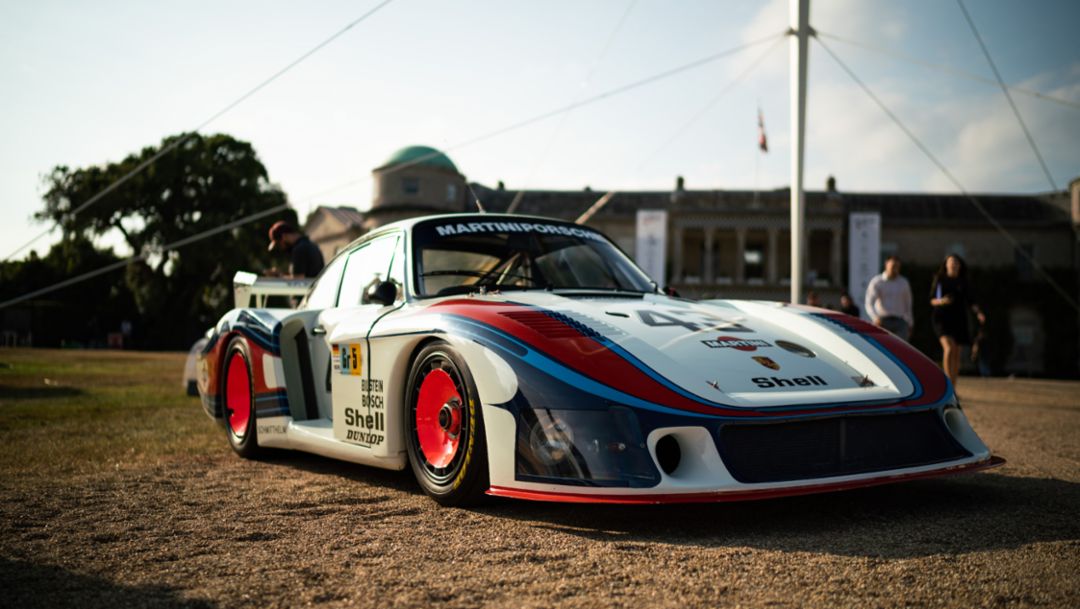
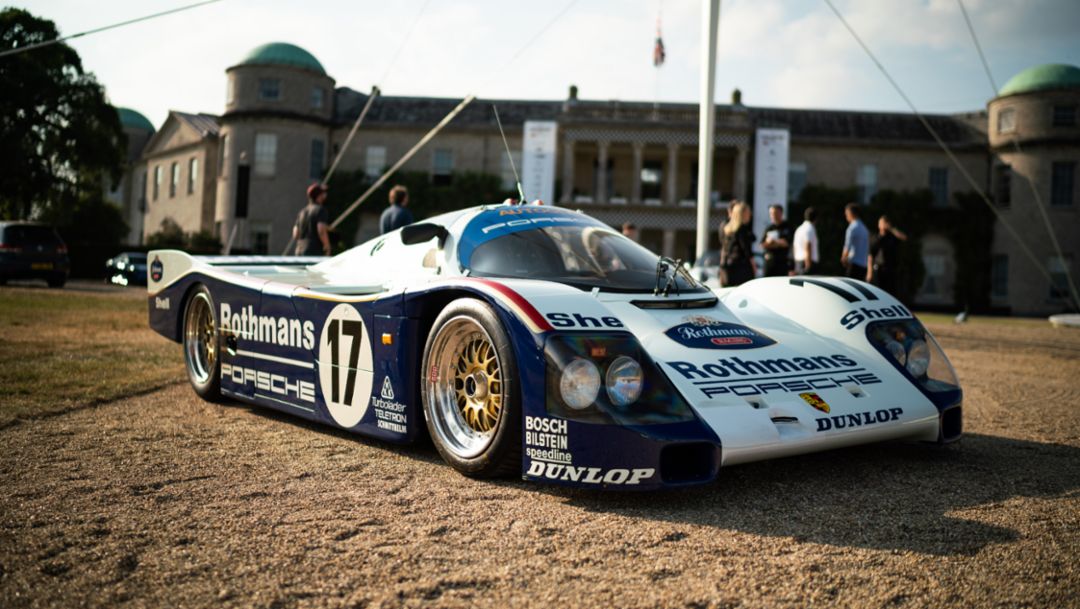
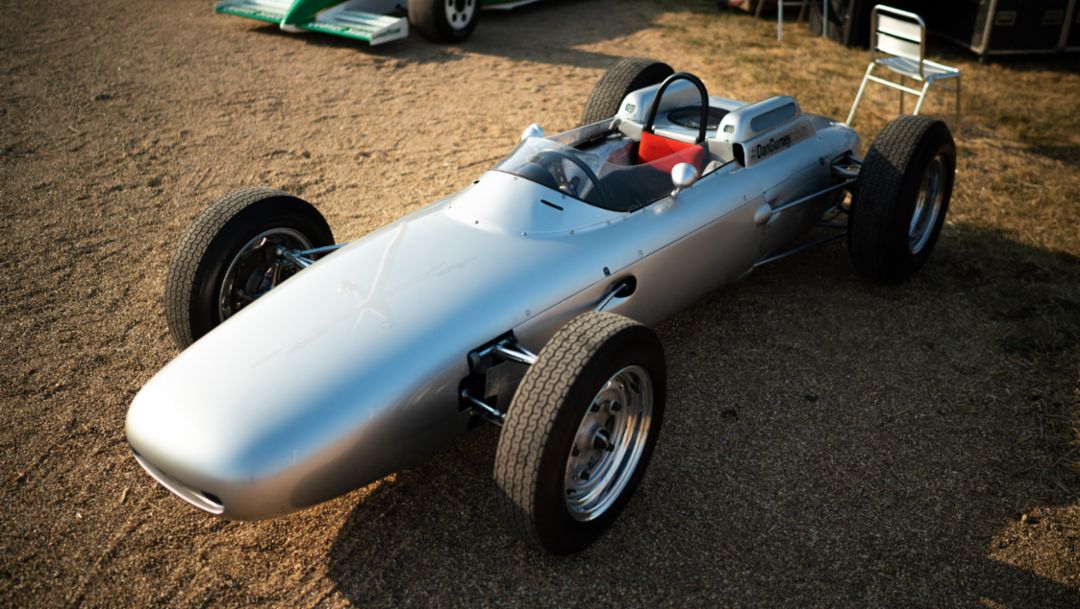

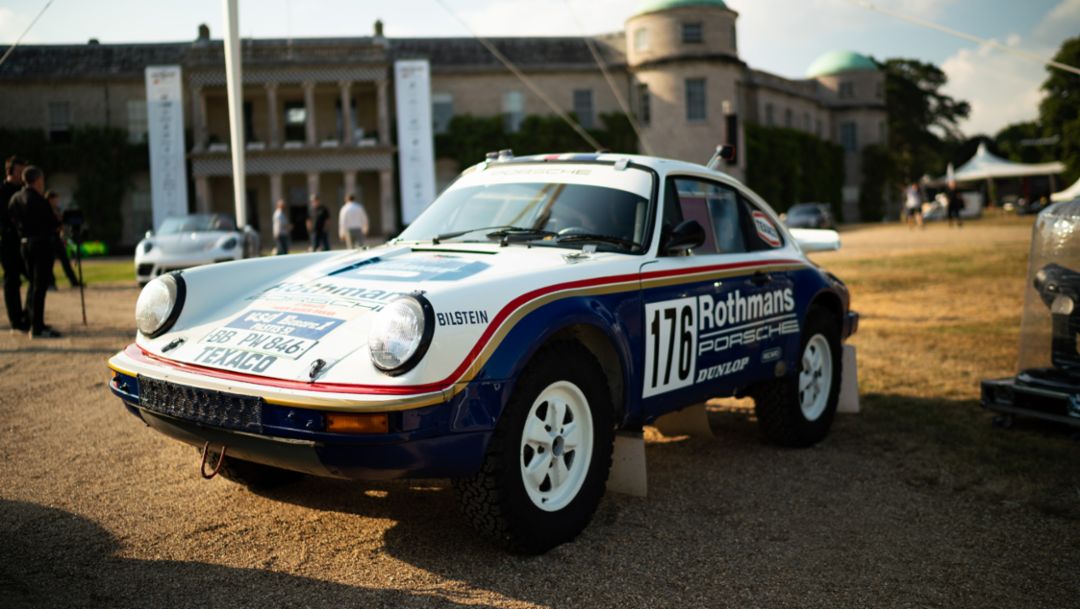


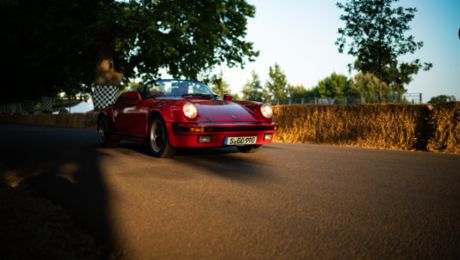
.jpg/jcr:content/b-Lead%20Image%202%20(1).jpg)